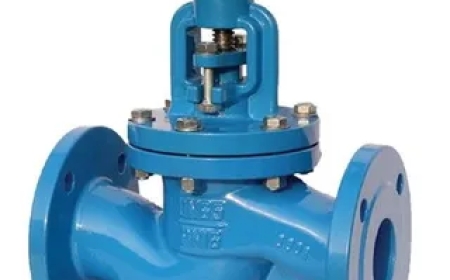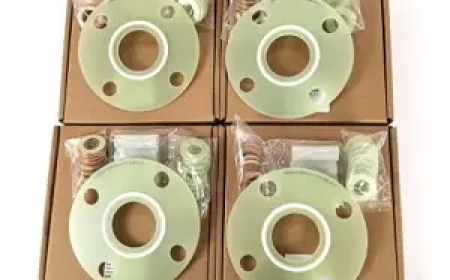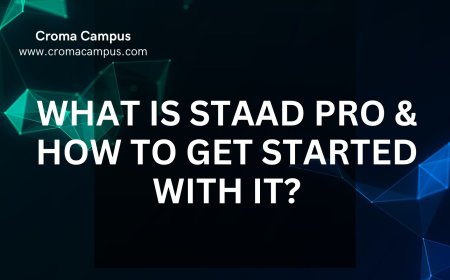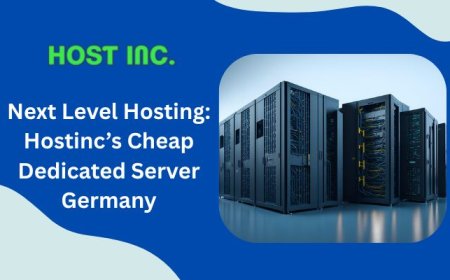How to Start a Food Delivery Business in 2024
Learn how to launch a profitable food delivery business with our complete guide. Discover market research, business planning, and platform solutions.
The food delivery industry has experienced remarkable growth over the past decade. Revenue in the online food delivery segment is projected to reach $1.22 trillion by 2024, with an annual growth rate of 9.04% through 2029. This explosive growth presents an incredible opportunity for entrepreneurs looking to enter the market.
Starting a food delivery business might seem complex, but with the right approach and tools, you can build a successful venture that connects hungry customers with their favorite meals. This comprehensive guide will walk you through every step of launching your food delivery business, from initial market research to full operations. We'll also explore how platforms like Enatega can streamline your launch process with ready-made solutions that rival established apps like UberEats and Foodpanda.
Understanding Your Market

Before diving into the food delivery business, thorough market research forms the foundation of your success. Start by analyzing your local area to identify gaps in the current market. Are there neighborhoods underserved by existing delivery services? What types of cuisine are missing from the market?
Study your target audience carefully. Are you focusing on busy professionals who need quick lunch options, families seeking convenient dinner solutions, or college students looking for late-night food? Each demographic has different preferences, spending habits, and ordering patterns.
Examine your competition closely. Look at established players like DoorDash, UberEats, and Grubhub, as well as local delivery services. Analyze their pricing strategies, delivery times, restaurant partnerships, and customer reviews. This research will help you identify opportunities to differentiate your service and provide unique value.
Consider conducting surveys or focus groups with potential customers. Ask about their current delivery experiences, pain points, and what they'd like to see improved. This firsthand feedback will prove invaluable when designing your service.
Developing Your Business Plan

A solid business plan serves as your roadmap to success. Start by clearly defining your business model. Will you operate as a platform connecting restaurants with customers, or will you also prepare food in your own kitchen? Each model has different requirements for licensing, insurance, and operations.
Your business plan should include detailed financial projections. Calculate startup costs including technology development, marketing, insurance, and working capital. Estimate ongoing expenses such as delivery driver payments, customer acquisition costs, and platform maintenance.
Set realistic revenue goals based on your market research. Consider factors like average order value, commission rates from restaurants, delivery fees, and customer lifetime value. Many successful food delivery businesses operate on thin margins initially, so plan for a longer path to profitability.
Define your unique value proposition. What will make customers choose your service over competitors? This could be faster delivery times, lower fees, better customer service, or exclusive restaurant partnerships.
Choosing the Right Technology Platform

Technology forms the backbone of any food delivery business. You need a robust platform that handles customer orders, restaurant management, delivery logistics, and payments seamlessly. Building a custom solution from scratch can take months and cost hundreds of thousands of dollars.
This is where Enatega offers a compelling alternative. Enatega provides a complete, ready-made platform designed specifically for food delivery and logistics businesses. Similar to how UberEats and Foodpanda operate, Enatega includes all the essential features you need to launch quickly.
The platform includes separate apps for customers, restaurants, and delivery drivers. Customers can browse menus, place orders, track deliveries, and make payments. Restaurants receive orders, manage their menus, and track performance. Delivery drivers can accept orders, navigate to pickup and delivery locations, and manage their earnings.
Enatega's admin dashboard gives you complete control over your business. You can onboard new restaurants, manage customer support, track key metrics, and configure commission structures. The platform handles payment processing, order routing, and real-time tracking automatically.
By choosing a ready-made solution like Enatega, you can launch your food delivery business in weeks rather than months. This speed to market can be crucial for capturing market share and building customer loyalty before competitors respond.
Building Your Restaurant Network

Your restaurant partners are crucial to your success. Start by identifying restaurants that align with your target market. Look for establishments with good food quality, reasonable prices, and reliable service. Consider both popular chains and unique local restaurants that can differentiate your platform.
When approaching restaurants, focus on the value you provide. Explain how your platform will help them reach new customers, increase revenue, and manage delivery logistics. Be prepared to discuss commission structures, which typically range from 15-30% of order value.
Consider offering promotional pricing or reduced commissions to attract initial partners. Some restaurants may be hesitant to join a new platform, so providing incentives can help build your network quickly.
Establish clear standards for food quality, packaging, and preparation times. Poor experiences with any restaurant reflect on your entire platform, so maintaining quality standards is essential.
Creating Your Marketing Strategy

Marketing drives customer acquisition and retention. Start with digital marketing, as your target audience likely spends significant time online. Social media platforms like Instagram, Facebook, and TikTok are particularly effective for food businesses, as they allow you to showcase appealing food imagery.
Local advertising can be highly effective for food delivery businesses. Consider targeted Facebook and Google ads focused on your delivery area. Partner with local influencers or food bloggers to create authentic content about your service.
Promotions and discounts are powerful tools for attracting new customers. Consider offering first-time user discounts, free delivery promotions, or loyalty programs. However, be careful not to condition customers to only order during promotions.
Build partnerships with local businesses, universities, or event organizers. Offering catering services or exclusive deals to employees can help establish your brand and generate regular orders.
Email marketing remains effective for customer retention. Send personalized recommendations, exclusive offers, and updates about new restaurant partners or features.
Managing Operations and Logistics
Efficient operations separate successful food delivery businesses from those that struggle. Order management is criticalcustomers expect accurate orders delivered quickly and at the right temperature.
Develop clear procedures for order processing. When a customer places an order, it should be immediately sent to the restaurant with clear preparation instructions. Set realistic delivery time estimates based on restaurant preparation times and delivery distances.
Delivery logistics require careful planning. You'll need to decide whether to use independent contractors, hire employees, or partner with third-party delivery services. Each option has different costs, legal requirements, and control levels.
If managing your own delivery fleet, invest in proper routing software to optimize delivery efficiency. Drivers should have insulated bags to maintain food temperature and GPS tracking for real-time updates.
Customer service is crucial for retention. Respond quickly to complaints, offer solutions for problems, and maintain friendly communication. Many customers will judge your entire service based on how you handle issues.
Ensuring Legal and Regulatory Compliance

Food delivery businesses must comply with numerous regulations. Business licensing requirements vary by location, but you'll typically need a general business license and potentially specific permits for food service operations.
If you prepare food in your own kitchen, you'll need food service licenses, health department permits, and regular inspections. Even if you only facilitate delivery, some jurisdictions require permits for food delivery services.
Insurance is crucial for protecting your business. General liability insurance covers customer injuries or property damage. If you employ delivery drivers, you'll need workers' compensation insurance. Consider cyber liability insurance to protect customer data.
Employment law compliance is essential if you hire delivery drivers as employees. This includes proper wage payments, overtime compliance, and workplace safety requirements. Many food delivery businesses classify drivers as independent contractors to reduce compliance burdens, but this classification must meet legal requirements.
Data privacy regulations like GDPR or CCPA may apply to your business. Ensure your platform properly handles customer data, provides required privacy notices, and allows customers to control their information.
Financial Management and Growth
Successful food delivery businesses require careful financial management. Track key metrics like customer acquisition cost, average order value, customer lifetime value, and gross margins. These metrics help you understand your business performance and identify areas for improvement.
Revenue typically comes from multiple sources: commission from restaurants, delivery fees, subscription services, and advertising fees from restaurant partners. Diversifying revenue streams helps create a more stable business model.
Cash flow management is critical, especially during the startup phase. Restaurant commissions are typically collected when orders are delivered, but you may need to pay delivery drivers immediately. Plan for these timing differences to avoid cash flow problems.
Consider seeking investment as you grow. Food delivery businesses often require significant capital for customer acquisition and market expansion. Prepare detailed financial projections and growth plans to attract investors.
Scaling Your Business for Success

Starting a food delivery business requires careful planning, the right technology, and excellent execution. The key steps include conducting thorough market research, developing a solid business plan, choosing the right technology platform, building strong restaurant partnerships, and creating effective marketing strategies.
Enatega simplifies this process by providing a complete, ready-made platform that handles the complex technical requirements of food delivery logistics. Rather than spending months and significant resources developing custom technology, you can focus on building relationships with restaurants and customers while growing your business.
The food delivery market continues expanding, driven by changing consumer habits and technological advances. By following this guide and leveraging platforms like Enatega, you can build a successful food delivery business that serves your community while generating strong returns.
Success in food delivery requires persistence, attention to detail, and constant adaptation to customer needs. Start with a focused approach in your local market, deliver exceptional service, and scale gradually as you build a strong foundation for long-term growth.





























